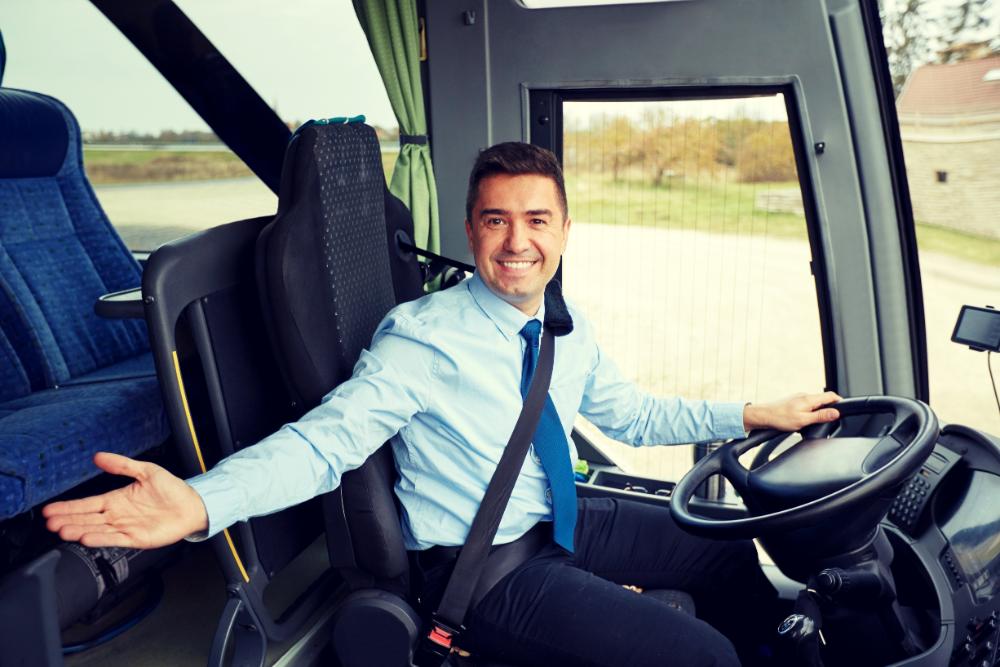Commuting is a convenient way of getting from Point A to Point B because it’s cheaper than driving your own car. In fact, it can help families save thousands of dollars annually if they switch to public transportation. Aside from saving money, public commuting reduces carbon footprints, prevents the stress of driving through heavy traffic, and enables people to relax with their family and friends.
However, public transportation also has problems. These include long waiting times for passengers, a lack of personal space, and time constraints. Bus fleet operators also face technology concerns, like where to have their units’ trimbles repaired. These are only some of the concerns raised by commuters and public vehicle operators. So how can these problems be resolved to serve the public better?
The solution is technology. Since urban areas are becoming overcrowded, technology can address issues on traffic and fleet management. It will also help guarantee a safer journey. Here are some examples of how technology changed public transportation:
Going Cashless
One of the advantages of technology is changing how passengers pay for their daily commute. Before they had to line up and buy tickets for public buses, transits, and boarding passes. Today, one can just show their e-tickets to the transport staff and pay via contactless cards or mobile applications. It’s an easy and safe alternative to bringing cash while commuting.
Data Management
The transmission of real-time data helps public transport operators analyze data on the spot. This allows them to dispatch bus units based on passenger demand. Data management also helps them know possible route delays so that they can inform commuters in real-time. Also, operators can also benefit because it’s easier for them to track possible fleet issues connected with preventive maintenance. Data management both benefits operators and passengers as it helps them save time and money.

Electric-powered Buses
As mentioned earlier, one of the benefits of taking public transportation is reducing your carbon footprint. However, most public buses still use diesel and other fossil-based fuels. Replacing traditional buses with EV or electric-powered buses is recommended. Modern electric buses have better range and amenities than their conventional-powered counterparts. Initial investment costs might be higher at first, but maintenance, fuel, and operational costs will be lower due to the buses’ efficiency.
Ride Hailing and Sharing
The demand for convenient public transportation is on the rise. Although buses and other forms of public transportation can address these concerns, commuters still demand better services. Hence, companies like Uber and Lyft heeded the passengers’ calls. They offer conveniences such as cashless transactions and hailing rides from a passenger’s location. No need to wait on the street to hail a taxi. Partner drivers are free to choose when to drive and serve their clients. Both commuters and operators are benefiting from advances in mobile technology.
Commuters deserve a safer and better commuting experience. They expect to arrive at their destination safely and on time. It’s time for public service operators to adopt these different types of technologies to address commuter concerns. Harnessing technology to give better services is what passengers deserve.



